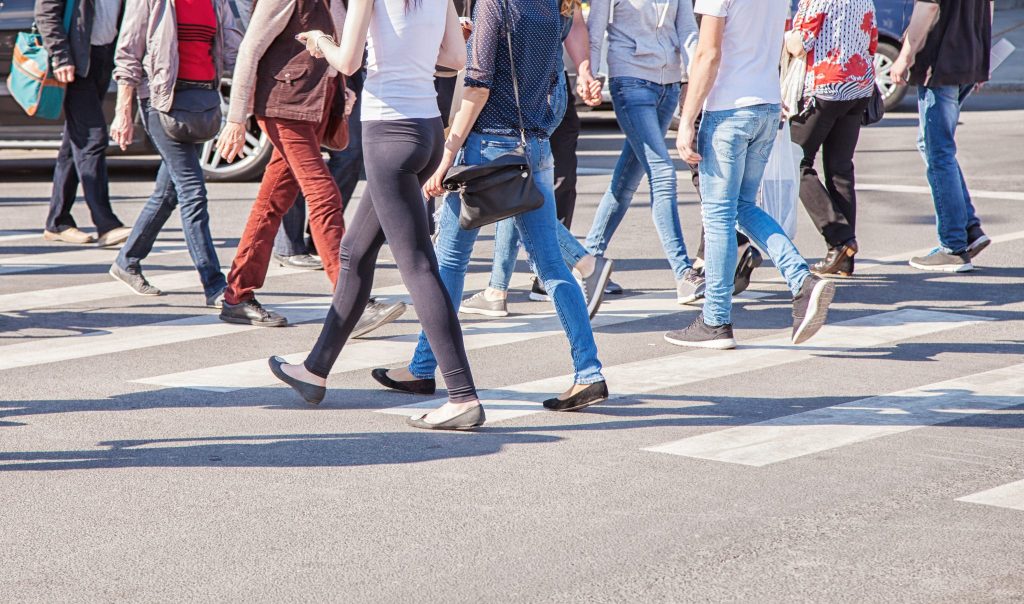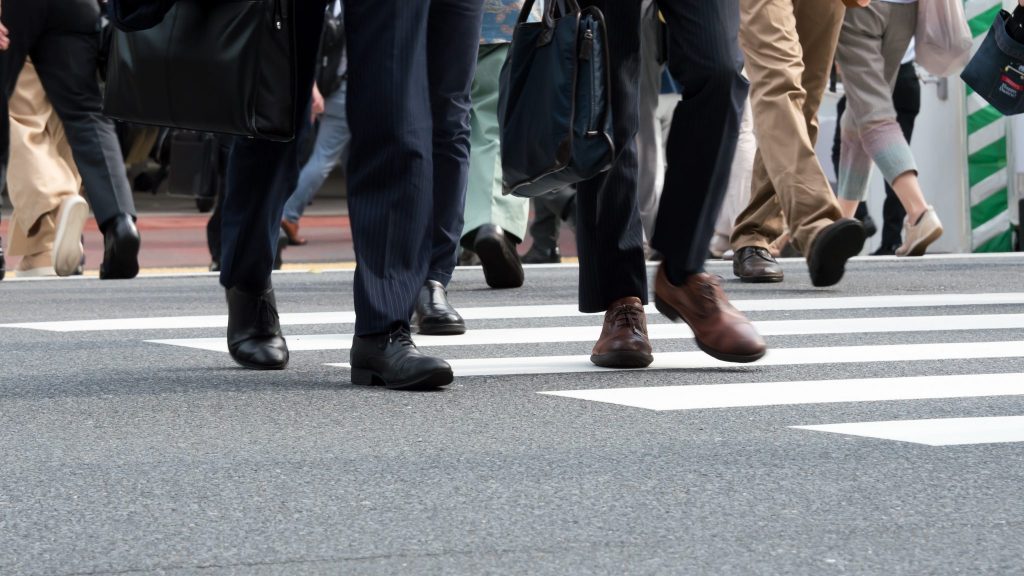Most of us learned to look both ways before crossing the street. This simple advice couldn’t have been more applicable than during my recent trip to New York. Needless to say, I was somewhat surprised at the incredible speeds, and NASCAR maneuvers used by the taxicabs down the main streets of Manhattan without a care in the world for who or what might pop up out of the side streets.
While much to my surprise the media has depicted the taxicab scene in New York correctly, they do not always depict the consequences accurately. We’ve all seen movies where a person is running across the street, gets struck by a car, bounces off the hood of the car, pops back up and continues the high-speed chase. Bouncing off moving vehicles without injury is unfortunately rarely the case in real life. For real-life consequences of pedestrian accidents, we only need to turn on the news where you will hear about pedestrians hit while walking or jogging on the side of the road, crossing streets late at night or even in broad daylight. While some might be jaywalking, or poorly visible, others are hit in broad daylight and crossing at crosswalks. Some are fortunate enough to walk away with scrapes and bruises, but many are badly injured or die as a result of the injuries they suffer. Transport Canada collected statistics from 1992 to 2001 which found that pedestrian injuries averaged 14,252 per year and fatalities averaged 416 per year (more than 1 per day). As a result, there are some simple obligations on pedestrians that you should be aware of.
It should come as no surprise that when you are a pedestrian crossing at a controlled intersection, you must not enter the road when the words “wait”, “don’t walk”, or an outline of a raised hand are exhibited at the intersection. If these words or signs come up while you are already proceeding across the roadway, you are obliged to proceed to the sidewalk as quickly as possible. When you are crossing at an uncontrolled intersection, things become a little less clear. If there is a crosswalk, you must not leave the curb and walk or run into the path of a vehicle that is so close that it is impractical for the driver to come to a stop. If you have left the curb with sufficient time for the vehicle to safely come to a stop, the vehicle must yield the right of way to you as a pedestrian. If there is no crosswalk, you must yield the right of way to the vehicle. Despite any obligations imposed on a pedestrian by the Motor Vehicle Act, a driver must always exercise due care to avoid colliding with a pedestrian who is on the road and give a warning sound when necessary.
Where there are sidewalks, pedestrians must not walk on the roadway. If there is no sidewalk, a pedestrian walking along or on a highway must walk only on the extreme left side of the roadway or the shoulder of the highway facing traffic approaching from the opposite direction.
In the case of Ferness v Guest, the plaintiff pedestrian attempted to cross against the “don’t walk” signal and was struck by the defendant’s vehicle. The defendant was found negligent for failing to keep a proper lookout, however, the court apportioned only 25% liability to the defendant finding that the plaintiff was primarily at fault.
In the recent case called Hmaied (litigation guardian of), v Wilkinson a 15-year-old jaywalked near an intersection and into the path of the defendant’s speeding truck. The plaintiff stopped to pick up the cell phone that he dropped in the middle lane when he was hit. The Court apportioned fault 50% to the plaintiff and 50% to the defendant. The driver was found partly at fault because the Court found that he had sufficient opportunity to avoid the collision but did not take any evasive action.
In the case of Clifford v Slater, the pedestrian collided with a vehicle as she stepped onto the street. In that case, the Court found the pedestrian 100% at fault for the accident because she failed to look before crossing, she was not in a crosswalk and the driver’s view of the pedestrian before the accident was blocked by a telephone pole.
In the case of Grey v Ellis, the pedestrian was injured in a parking lot when she stepped out from behind a parked delivery van and into the path of a slowly moving minivan. The Court attributed the accident 100% to the Plaintiff’s failure to look out for her own safety.
In summary, while drivers are obliged to look out for pedestrians, pedestrians also have a duty to look out for their own safety. Because of the severity of the injuries often suffered by pedestrians who are hit by vehicles, this obligation cannot be understated. If you are found even partly at fault for the accident, you will never be fully compensated for the injuries you may suffer as a result.
*Important Note: The information contained in this column should not be treated by readers as legal advice and should not be relied on without detailed legal counsel being sought.
If you have any further questions, please contact us at Doak Shirreff lawyers. We have your best interests in mind and would be happy to help.


